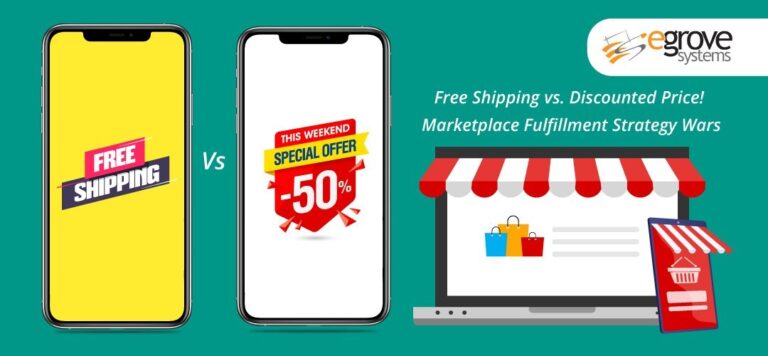Online commerce has become a major growth area for all kinds of businesses, and now B2B vendors are embracing web-based and mobile sales to serve their business customers as well. 2020’s unique conditions have led to unprecedented growth in online B2B sales. B2B is an area where leaders of digital adoption have earned 5 times as much revenue as their competitors. Vendors are utilizing the many key features of eCommerce to gain an advantage and even compete with massive online marketplaces on an even playing field
What was 2020’s Impact on B2B?
The COVID-19 pandemic has boosted eCommerce sales across all industries. The US Census Bureau reports that the total e-commerce sales for 2020 were estimated at $791.7 billion, a 32.4% increase from 2019, while overall retail sales only increased by 3.4%. Customers have preferred ordering online rather than shop in-person during the pandemic, even for previous in-person purchases like groceries and clothing, and store closures and limitations have influenced their purchasing habits going forward.
But business-to-business sales have also gone up in 2020. Digital Commerce 360’s B2B Market Report found that across digital channels, sales increased by 9.6%, from $9.06 trillion in 2019 to $9.92 trillion in 2020. While they don’t rely on consumer sales, they thrived due to the pandemic impacting traditional distribution channels. Businesses looked online to find new suppliers, leading to growth in B2B eCommerce brands
However, the difficult economic times for buyers made this growth unreliable, as many businesses closed or were unable to operate at full capacity, reducing demand for B2B products and services. Overall, the year was strong for B2B, with 62% of companies reporting an increase of 25% or more in sales and 12% reporting a 75% or more increase. The inconsistency could mean that sales won’t continue to rise, and it’s possible that the demand for PPE and other new purchases meant to aid in sudden changes to business models has skewed the trend compared to weaker sales in other areas.
Read also:-B2B marketplace can get your business a Global reach
Using eCommerce in B2B
It’s easier than ever to set up eCommerce platforms that can offer competitive pricing and shipping, but many B2B sellers rely heavily on large-scale marketplaces like Amazon or specialized B2B e-commerce marketplaces. With a lower barrier to entry and access to a large built-in audience, marketplaces offer an ideal platform for niche B2B sellers. However, they place vendors under strict rules and limitations, plus they pay fees to the marketplace and lack the ability to build long-term relationships with customers.
New B2B eCommerce technologies are in development, with companies like Flipkart launching a wholesale portal to make it easier for businesses to deal with suppliers. B2B tech startups like Spryker and Miraki received investments of $130 million and $300 million respectively in late 2020.
For businesses that operate their own eCommerce platform, customers expect to be able to get accurate information on product pricing and availability, convenient login and checkout, and prompt customer service. Inventory management and flexible payment systems that account for various methods of payment and can process them quickly are vital when choosing a platform to use
Features to Grow B2B eCommerce
During the pandemic, online B2B has been at an advantage as new suppliers have been needed and businesses have been limited in their ability to travel to meet with suppliers. Once customers turn online, they will naturally look to the most visible brands with the best prices. Online shoppers can make price comparisons with minimal effort, so the vendor that can alter their prices to suit the market will have an advantage.
However, as long as prices are comparable to competitors, convenience and reliability will outweigh price when business customers choose a supplier. Small businesses are searching for ways to reduce their burden. Features such as quick ordering, scheduled recurring orders, and customization options let buyers get exactly what they need. Small businesses may also need to purchase on credit or use a specific payment method.
Many eCommerce businesses are integrating their B2C and B2B businesses using platforms that offer a separate wholesale interface. Business-scale customers can sign up for the wholesale store and get access to lower prices and special products that aren’t sold on the consumer-centered storefront. This method gives businesses the ability to pivot from consumer to business sales easily.
Improved mobile accessibility and mobile app support for iOS and Android is also a crucial feature for B2B as business owners use the mobile ecosystem for point-of-sale, inventory management, and other day-to-day technology needs. Customers will appreciate the ability to check the status of their orders from anywhere and consult the B2B store more regularly.
While 2020 led to unpredictability in the B2B market, eCommerce is certain to be a future necessity for vendors looking to attract new customers from small businesses and entrepreneurs. Finding the right platform for eCommerce is essential as much in B2B as in consumer-centric industries







